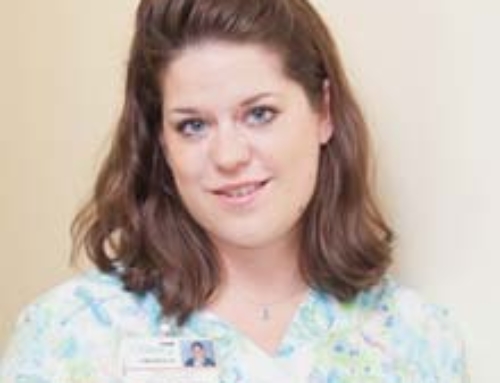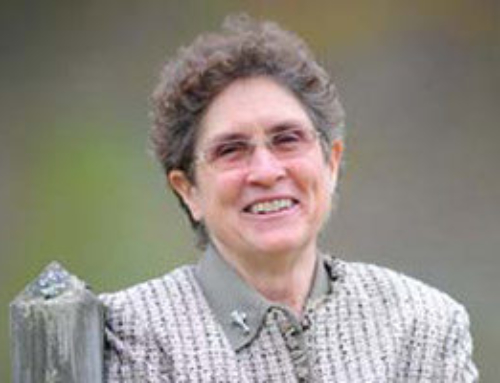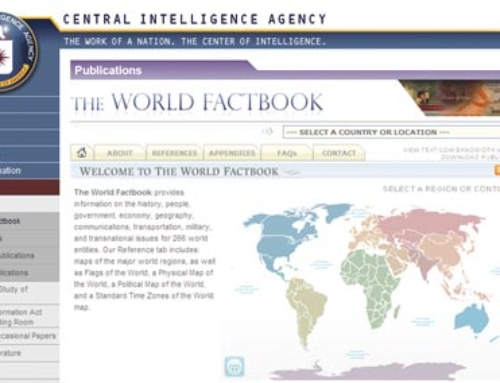The year is 1976. Big events include the Bicentennial of the Declaration of Independence, the launch of Apple Computers, the landing on Mars by the Viking spacecraft, the formation of Irish rock band U2 – and the introduction by Saint Joseph’s College of distance education for working adults.
Thirty-five years ago, distance students could sign up for just one degree, a bachelor’s in professional arts aimed at licensed health care professionals, many of whom were nurses. The U.S. Postal Service shuttled homework back and forth between students and faculty members. Originally referred to as the External Degree Program, it required a three-week campus residency and students had up to six months to complete one course. Most of the students lived in Maine.
Within just a few years, the program expanded to include a master’s degree in health administration, and over the subsequent decades, the college has continued to add programs. Students can now choose from a total of 21 distinct degrees (15 baccalaureate and 6 graduate) with numerous specializations, as well as continuing education courses and 10 certificate programs. Nearly 2,700 students from every state and several foreign countries are active in a program, and 10,000 alumni have earned a Saint Joseph’s degree via distance education.
Distance education has morphed into online education for the most part – although the Saint Joseph’s on-campus summer programs still offer excellent educational and networking opportunities. According to the 2010 Sloan Survey of Online Learning, enrollment in online courses nationwide rose by almost 1 million students from a year earlier, bringing the total to 5.6 million.
As online learning continues to evolve, students adapt technologically. A recent survey among Saint Joseph’s online students shows 43 percent of the 1,163 respondents were interested in e-books, and another 15 percent said they were interested after learning e-books are less expensive. Interest in having course content for mobile devices was not as strong at 27 percent, but showed a notable increase from the previous year.
Perhaps the largest upward trend was use of Facebook. The percentage of our online students indicating weekly or higher use of Facebook jumped sharply in the past year from 36 percent in 2009 to 46 percent in late 2010. Recognizing the opportunity to connect with online students, and to have online students connect with each other, the division has recently launched a Facebook page (see web address at end of article). Brent Wooten, marketing director for the online division and an online student himself, feels this provides a new way for the college to improve the overall Saint Joseph’s experience.
“With Facebook, students can exchange information about specific courses, career-related tips, or the summer program. We also have a way to quickly communicate about events at the college, or other important information they should know,” he says. “But the biggest benefit is it gives the student in Oregon a way to connect with the student in Florida. It’s a community.”
Dean of the online division, Lynn Olson, says, “Nearly all of the online education providers have only been operating for the past decade or so. It’s incredible to think that Saint Joseph’s has been serving adults at a distance for 35 years now. That experience has allowed us to learn what it takes to help adult students achieve their educational goals.”



